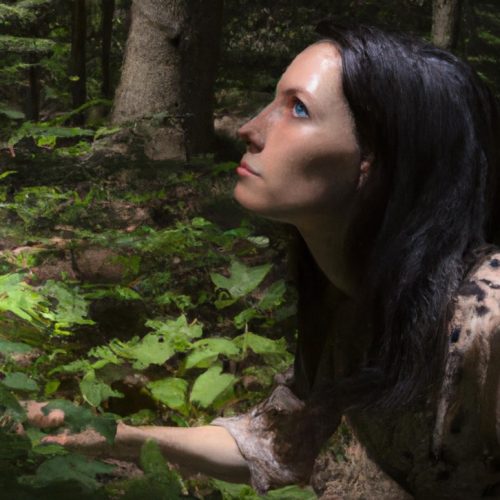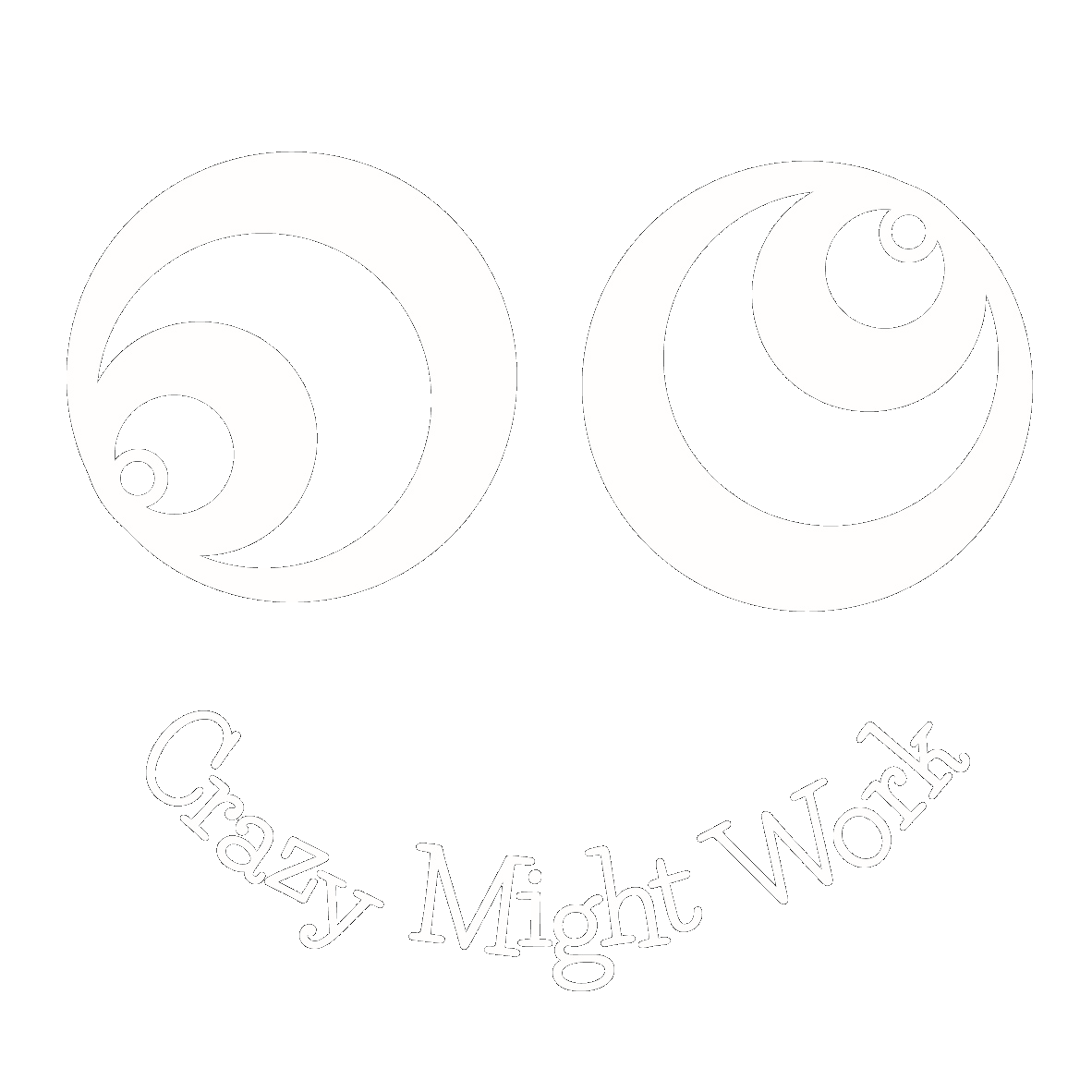Can You Smell Something Burning?
It might be you!
by Melanie Farmer, Crazy Might Work

— Image courtesy of DALL-E2
During pandemic lockdown, I would frequently find myself on the tenth video meeting of the day – fatigued, detached, and just plain out of juice. Whilst I didn’t know it at the time, it turns out that my foggy head was shared with 62% of workers in Australia[1] who have reported experiencing some level of burnout. Medibank Private[2] estimate that this silent epidemic is costing Australian business $14.81 billion per year in lost productivity and sick leave. At a more personal level, one of the first casualties of burnout is the skill that executives say they seek the most: Creativity.[3]
Our time in meetings (aided and abetted by Zoom and Teams) has increased by an alarming 252%[4]. And online meetings use more energy than face-to-face, according to Stanford researchers[5], as our brains expend more and more cognitive effort to compensate for the absence of context and other non-verbal cues. Relentless efficiency is the arch enemy of creativity for a number of reasons, but most importantly because original thought comes from a different post code that our usual busy brain banter. Contemporary research tells us that creative solutions surface most readily when our brains are in an ‘alpha’ brainwave state, associated with mindfulness, meditation and mind-wandering. For most of us, these states are experienced when we engage in cognitively unchallenging activities, like repetitive exercise, daydreaming, showering, falling asleep, or walking in nature.
The last of these (nature itself) has an incredible track record for supporting Aha! moments, as captured in the biographies of Da Vinci, Darwin and Newton. Janine Benyus, founder of The Biomimicry Institute, invites us to be inspired by nature’s genius. Re-connecting with Mother Nature is a reliable way of experiencing alpha states conducive to creativity, whilst drawing inspiration from the ultimate architect.
One of the exercises that we do with clients illustrates this beautifully. Participants are invited to experience nature through a new lens by challenging their default way of engaging. If their default interaction is tame, macro and active e.g. they prefer to experience nature via a day on the golf course, they are encouraged to switch this up with a wild, micro and passive experience like sitting quietly in a wild forest contemplating a small section of forest floor like Suzanne Simard. The shift in perception and mental state reported by participants that try this exercise in as little as 15-20 minutes is quite remarkable and it can achieve similar results to the Dali-Edison technique.
If you or your team are experiencing burnout, try one of these ideas and let us know how it goes, or get in touch to arrange a masterclass for you or a team.
Footnote: if you are experiencing severe symptoms of burnout, please seek professional help from your doctor.
References
[1] Tuohy, W. (2022) As life speeds up and pandemic drags – burnout is biting hard, Sydney Morning Herald
[2] Medibank Private. (2018). The cost of workplace stress and burnout in Australia.
[3] According to the IBM 2010 Global CEO Study, which surveyed 1,500 Chief Executive Officers from 60 countries and 33 industries worldwide.
[4] Work Trend Index Special Report (2022)
[5] Bailenson, Jeremy N. (2021) Nonverbal Overload: A Theoretical Argument for the Causes of Zoom Fatigue Volume 2, Issue 1, American Psychological Association, Technology, Mind and Behaviour
Want a monthly evidence-based, article like this one in your inbox? Subscribe to our newsletter and share below!


